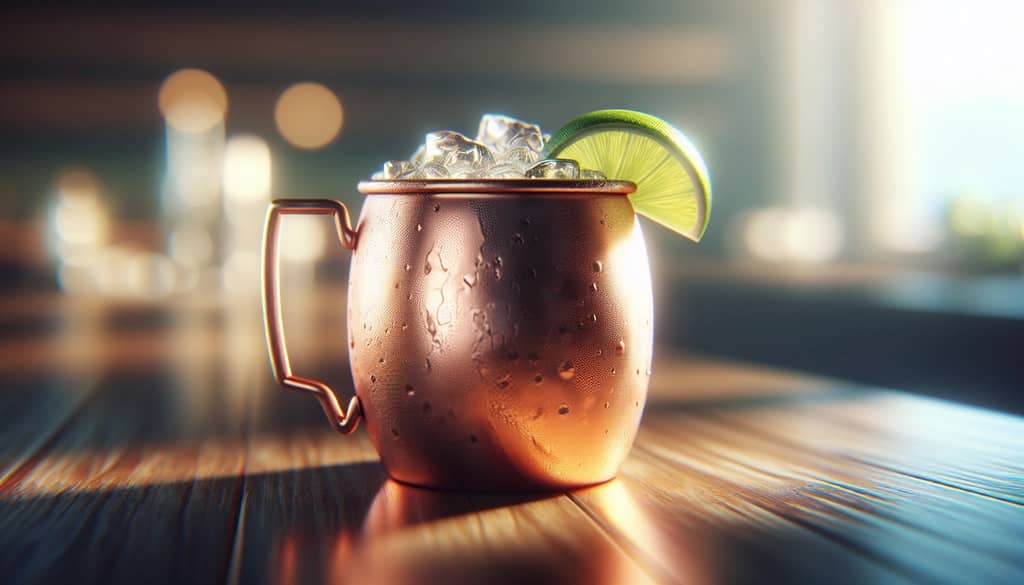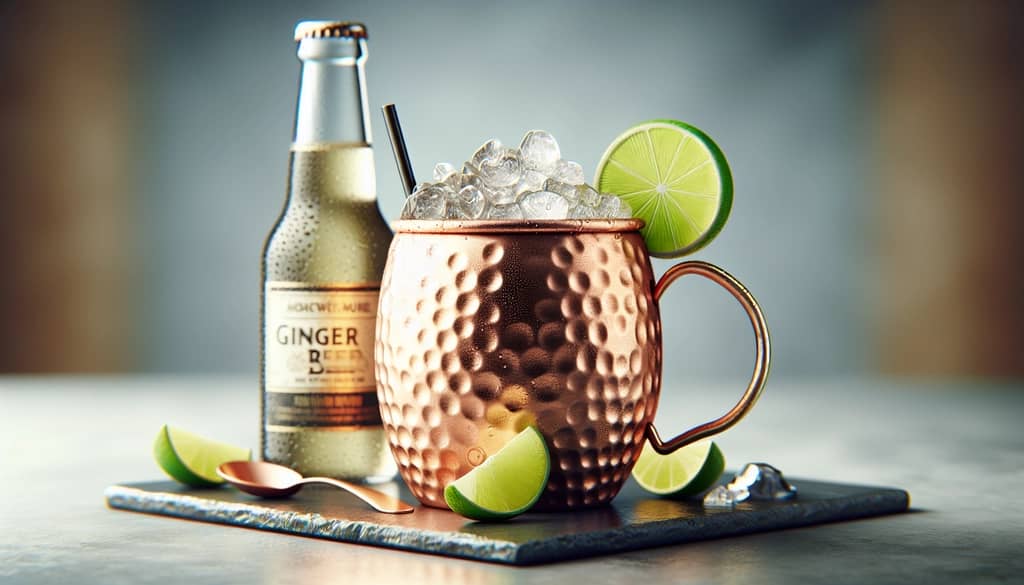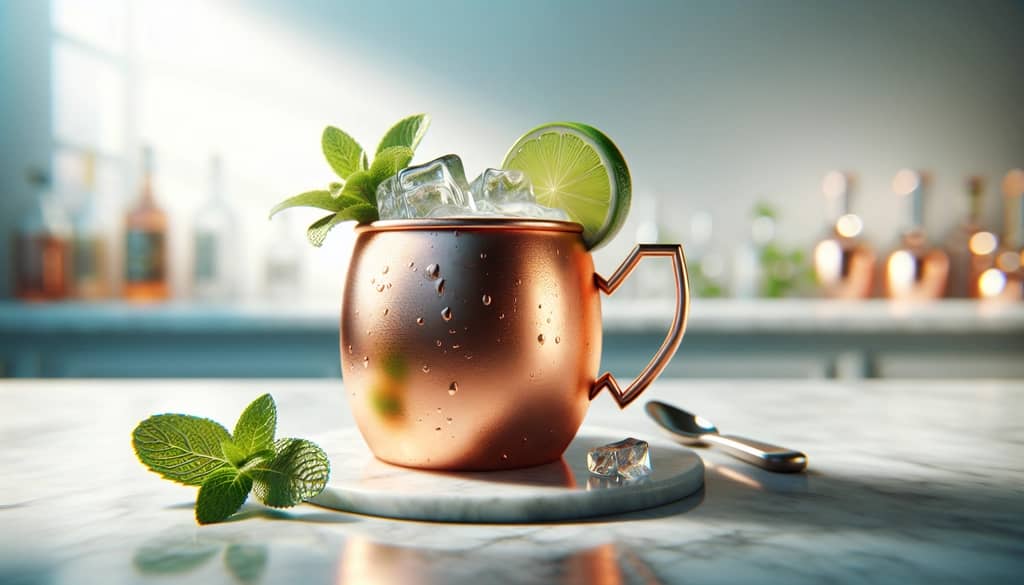Updated on: 6/3/2025
Origin and Legacy of the Moscow Mule Cocktail

Few cocktails are as instantly recognizable as the Moscow Mule. With its signature copper mug and bright, effervescent kick, this drink has maintained its appeal across generations. To understand the full story, it’s worth exploring where the Moscow Mule began, how it rose to worldwide fame, and why non alcoholic versions continue to thrive today.
How the Moscow Mule Was Born
The Moscow Mule was first mixed in the early 1940s in the United States, not Russia—a common misconception. The story centers around three key figures: John G. Martin (the man behind Smirnoff Vodka’s U.S. marketing), Jack Morgan (owner of the Cock’n Bull pub in Los Angeles), and Sophie Berezinski (a Russian immigrant with an inventory of copper mugs).
- Martin needed a way to popularize vodka, which was then little known in America.
- Morgan sought to boost sales of his house-made ginger beer.
- Berezinski searched for buyers for her unsold copper mugs.
A chance meeting brought these needs together. The three collaborated, combining vodka, ginger beer, and fresh lime juice, serving the cocktail in Berezinski’s copper mugs—the Moscow Mule’s iconic hallmark.
A Fusion of Flavors and Cultures
Naming the cocktail "Moscow Mule" was a marketing move: "Moscow" nodded to vodka’s Russian roots, while "Mule" hinted at the ginger beer's spicy kick. The copper mug became both a practical and promotional device—it keeps the drink cold and adds to the visual appeal. Early advertisements even used staged celebrity photos holding copper mugs, fueling the Mule’s popularity.
- Vodka’s clean profile lets ginger and lime shine.
- Copper enhances the mule’s cold snap, creating a frosty experience.
- The striking presentation became a template for future cocktails looking to stand out.
Evolution and Cultural Impact
The Moscow Mule became one of the first drinks to make vodka fashionable in America. Its popularity helped cement vodka’s place on bar shelves and launched countless variations—London Mule (gin), Mexican Mule (tequila), and many more. Copper mugs remain a badge of authenticity, while ginger beer’s profile as a craft mixer has soared.

Even the non alcoholic moscow mule recipe has found enduring appeal. The classic balance of spicy ginger beer, tart lime, and icy chill works with or without vodka, making the Moscow Mule family accessible to all ages and preferences.
How to Make a Non Alcoholic Moscow Mule
- 60 ml fresh lime juice
- 15 ml simple syrup (optional, to taste)
- 180 ml ginger beer (alcohol-free)
- Ice
- Lime wedge and mint, for garnish
- Fill a copper mug or tumbler with ice.
- Add lime juice and simple syrup.
- Top with ginger beer and stir gently.
- Garnish with a lime wedge and a sprig of mint.

A Drink That Always Finds Its Audience
From a chance partnership among marketers, bartenders, and artisans, the Moscow Mule went from an experiment to a cornerstone of modern cocktail culture. Its ability to adapt—across continents, spirits, and palates—proves the staying power of inspired simplicity, both in its alcoholic and non alcoholic forms.